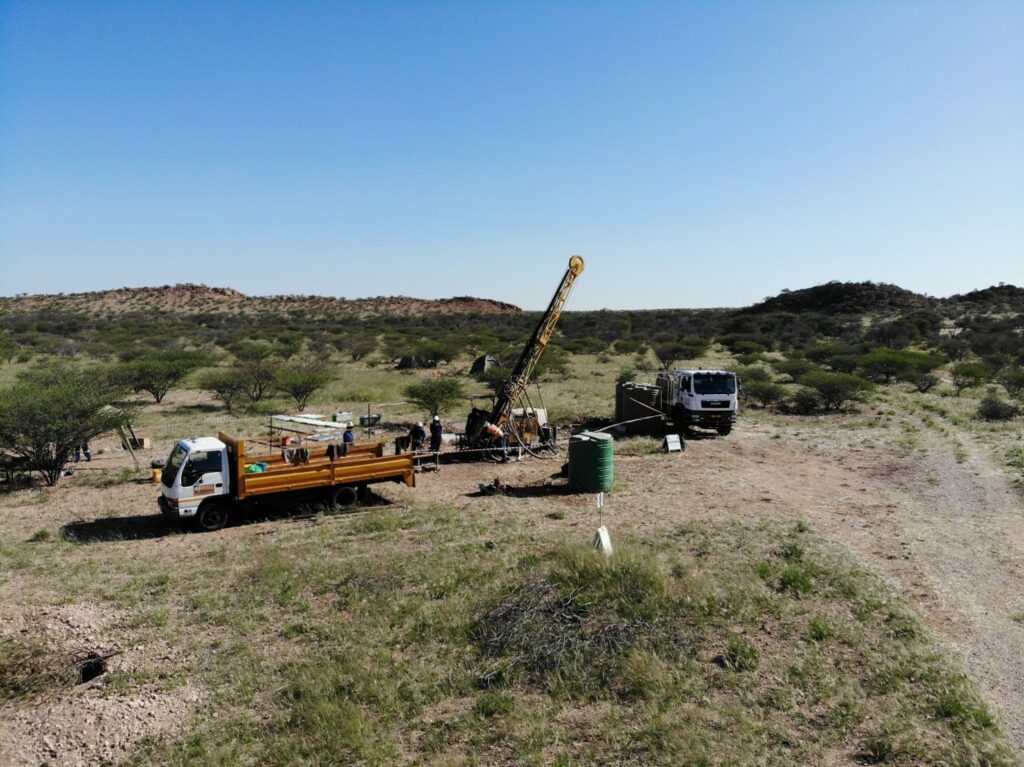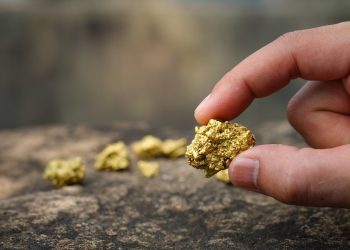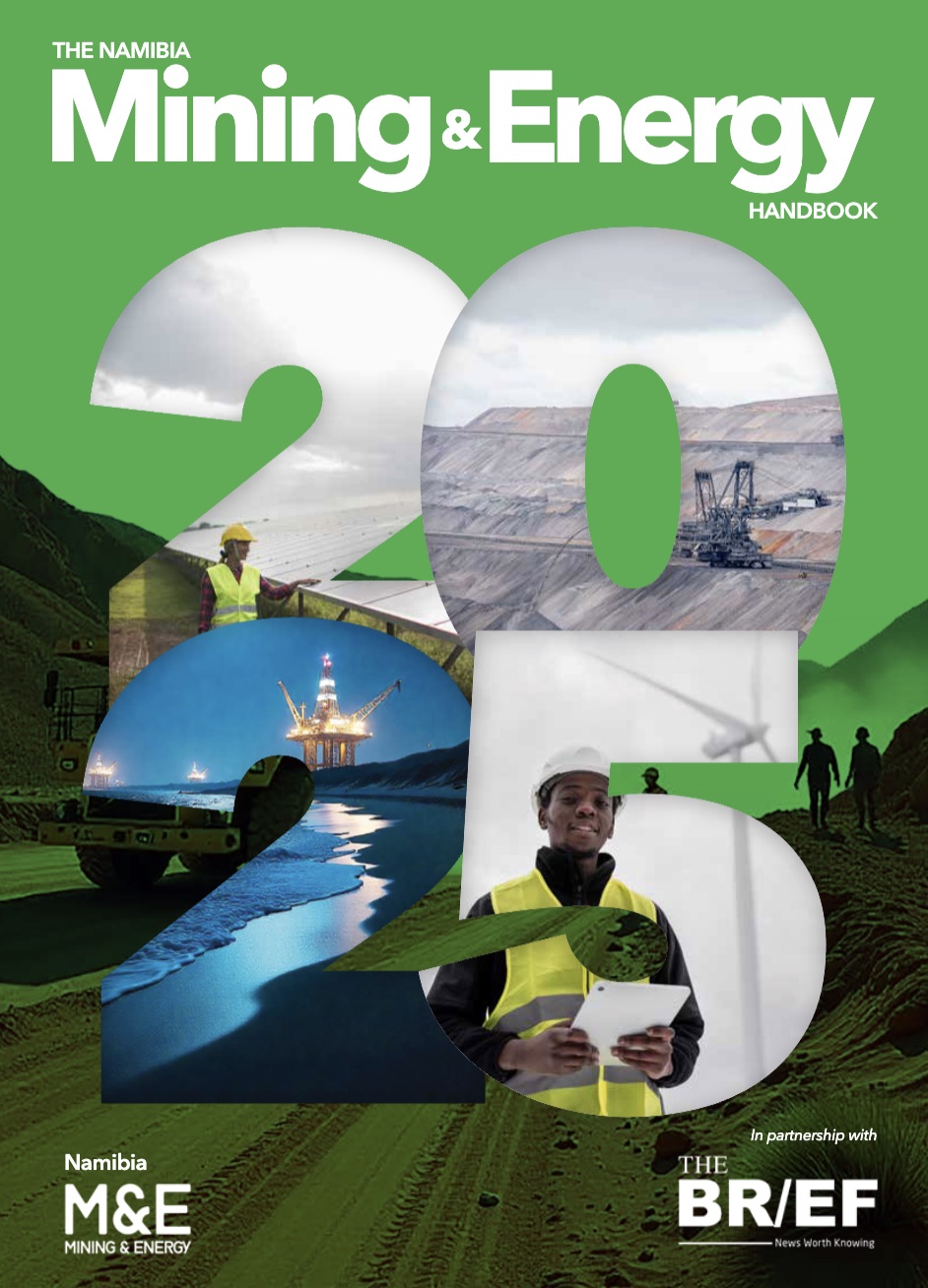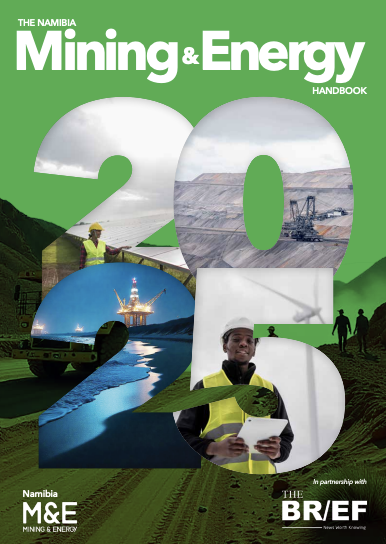
WIA Gold Limited has submitted a mining licence application to the Ministry of Mines and Energy for its Kokoseb Gold Project in Namibia’s Erongo Region, as the company advances key regulatory processes ahead of production.
The company said the mining licence application was submitted on 10 October 2025 and that it remains on track to complete the Environmental and Social Impact Assessment (ESIA) for the project by early 2026, following steady progress on specialist studies and baseline assessments.
According to WIA Gold’s Quarterly Activities Report for the period ended 30 September 2025, most of the technical and environmental studies have been completed, with key impact assessment reports now finalised.
A preliminary Environmental and Social Management Plan (ESMP), developed during the scoping phase, is being refined to support the final ESIA submission expected in late 2025.
“The completion of the ESIA is targeted for late 2025, after which it will be released for public consultation. Following the integration of stakeholder feedback, the final ESIA will be submitted to the MIME and the Ministry of Environment, Forestry and Tourism in early 2026 for regulatory approval,” the company said.
Once approved, the ESIA will be released for public consultation before being submitted to the Ministry of Industries, Mines and Energy (MIME) and the Ministry of Environment, Forestry and Tourism (MEFT) for regulatory clearance and the issuance of an Environmental Clearance Certificate.
Located about 320 kilometres from Windhoek, the Kokoseb Gold Project is 80% owned by WIA Gold and 20% by Epangelo Mining Company.
The site benefits from access to existing power, road infrastructure and nearby towns.
The project is based on a mineral resource of 2.93 million ounces of gold, including 1.81 million ounces in the indicated category at a 0.5 g/t cut-off.
The operation will include an open-cut mine and a carbon-in-leach (CIL) processing facility with a capacity of 5.25 million tonnes per annum.
“Gold output is expected to average 177,000 ounces per year in the first five years and 146,000 ounces annually over an estimated 11-year mine life,” the company said in its scoping study.
The study estimates an all-in sustaining cost (AISC) of US$1,265 per ounce (approximately N$23,400) during the initial years of operation and an overall project life AISC of US$1,448 per ounce (around N$26,800).
Based on capital and operating cost estimates with an accuracy margin of ±25%, the study outlines a post-tax net present value (NPV5%) of US$646 million (about N$11.95 billion), an internal rate of return (IRR) of 38%, and a payback period of 22 months at a gold price of US$2,600 per ounce (roughly N$48,100).
At higher gold prices, such as the August 2025 average of US$3,450 per ounce (around N$63,800), the post-tax NPV5% rises to US$1.27 billion (approximately N$23.5 billion), with an IRR of 60% and a reduced payback period of 15 months, the company said.







